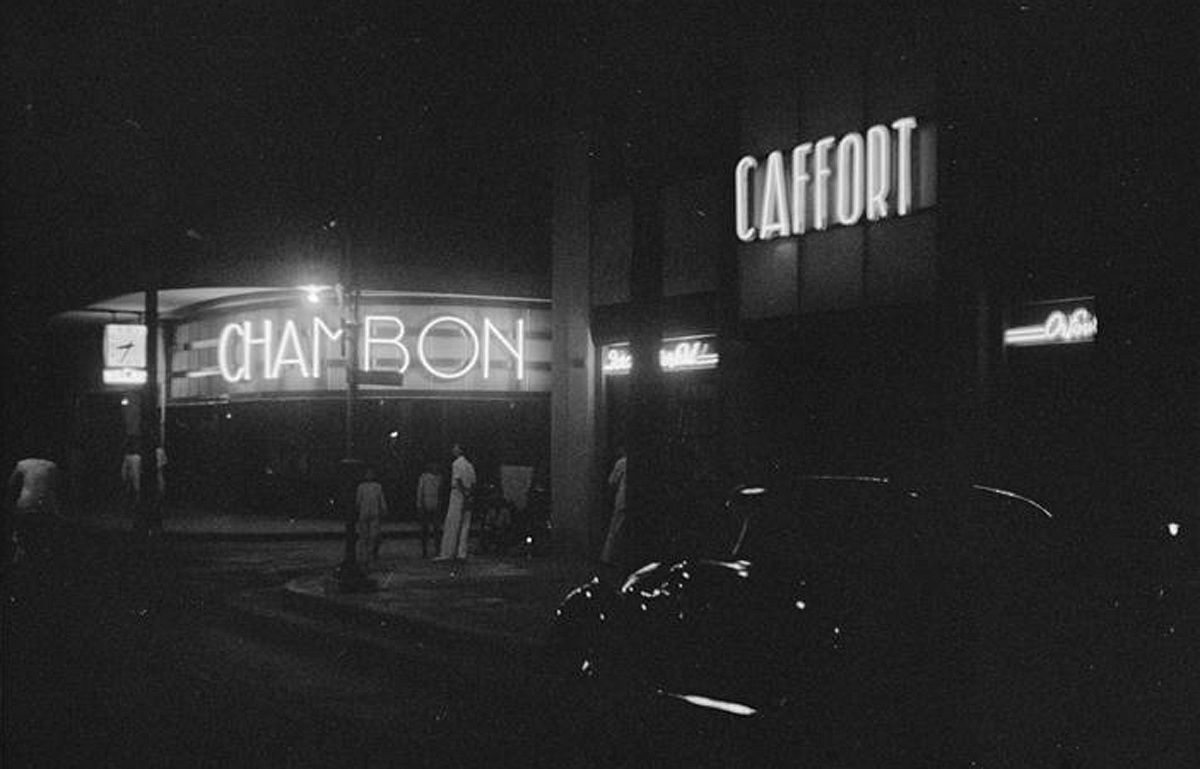It took millions of years for dinosaurs' ferocious claws to evolve into the soft wings of a hummingbird and even longer for simple algae to transform into towering pine trees; change has been much more rapid in Saigon.
Saigon's transition from simple dirt streets stretching between humble wooden homes and citizens clad in loose, monotone ngũ thân into a glitzy metropolis where locals strut through traffic in colorful, form-fitting attire took place in a geological blink of an eye. These photos by French photographer Émile Gsell taken in 1866, featured in New York's famed Met Gallery for their 150th anniversary, allow viewers to admire the impermanence of the norms humans frequently take for granted.

View of imperial couriers.
Émile Gsell (1838 - 1879) arrived in Cochinchina, now southern Vietnam, as part of a French delegation to explore the Mekong region on behalf of the colonial government. After taking some of the first photos of Angkor Wat he established himself as the first professional photographer based in Saigon. His selection of panoramic city views and portraits of people from all walks of life provides rare insights into 19th-century Saigon.
Take a look below:

Tomb of the Bishop of Adran, also known as Lang Cha Ca in Vietnamese.

Funeral procession.

Prisoners and native militia member.

Vietnamese in classic ngũ thân.

Vietnamese theater performers.

Wealthy Vietnamese citizens.

Marriage ceremony.

A view of the Saigon River from downtown.

Fruit vendors.

Monks in Cho Lon.

Saigon River view.

Musicians.

Native militia members.

Vietnamese women.

Militia members taking a break.

Chinese pagoda in Vietnam.

View of Cho Lon.

View of Cho Lon.
[Images compiled by Flickr user manhhai]














